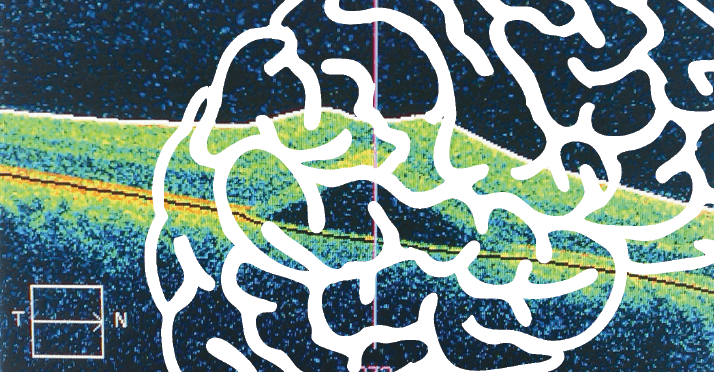
Patients with schizophrenia exhibit a progressive reduction in brain volume as the disease advances. From the very first schizophrenic episode, during the prodromal phase and even in those with a high genetic risk of developing the disease, volume deficits in grey matter are detectable.
When researchers at the Department of Ophthalmology at the University of Malaya, in Kuala Lumpur, Malaysia, decided to see if these abnormalities could be visualized in the retina by spectral-domain optical coherence tomography (SD-OCT) they found that, relative to age-matched controls, patients with schizophrenia exhibited significant thinning of the retinal nerve fiber layer (RNFL) and the macula; overall macular volume was reduced too. The study revealed significant inverse correlations between the duration of schizophrenic illness and peripapillary RNFL thickness (r=–0.36), macula thickness (r=–0.38), and macula volume reduction (r=–0.36).
The authors concluded that “SD-OCT can be a useful tool for diagnosis and monitoring the progression of this disease.” As we’ve previously reported, the retinal vasculature can also predict the status of systemic diseases like diabetes [0113-301] – even without injecting β-cells from the Islets of Langerhans into the anterior chamber (this issue). It seems that either ophthalmologists will increasingly assess non-ophthalmic disease states in patients or that the practitioners of other specialties will soon be investing in imaging equipment that was once solely the domain of eye care specialists.
